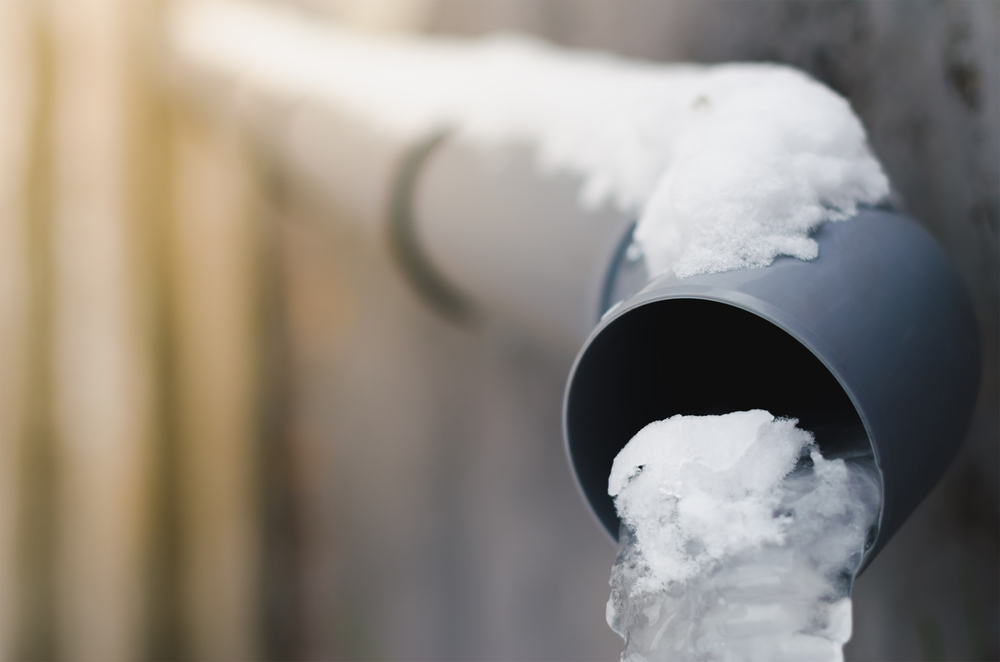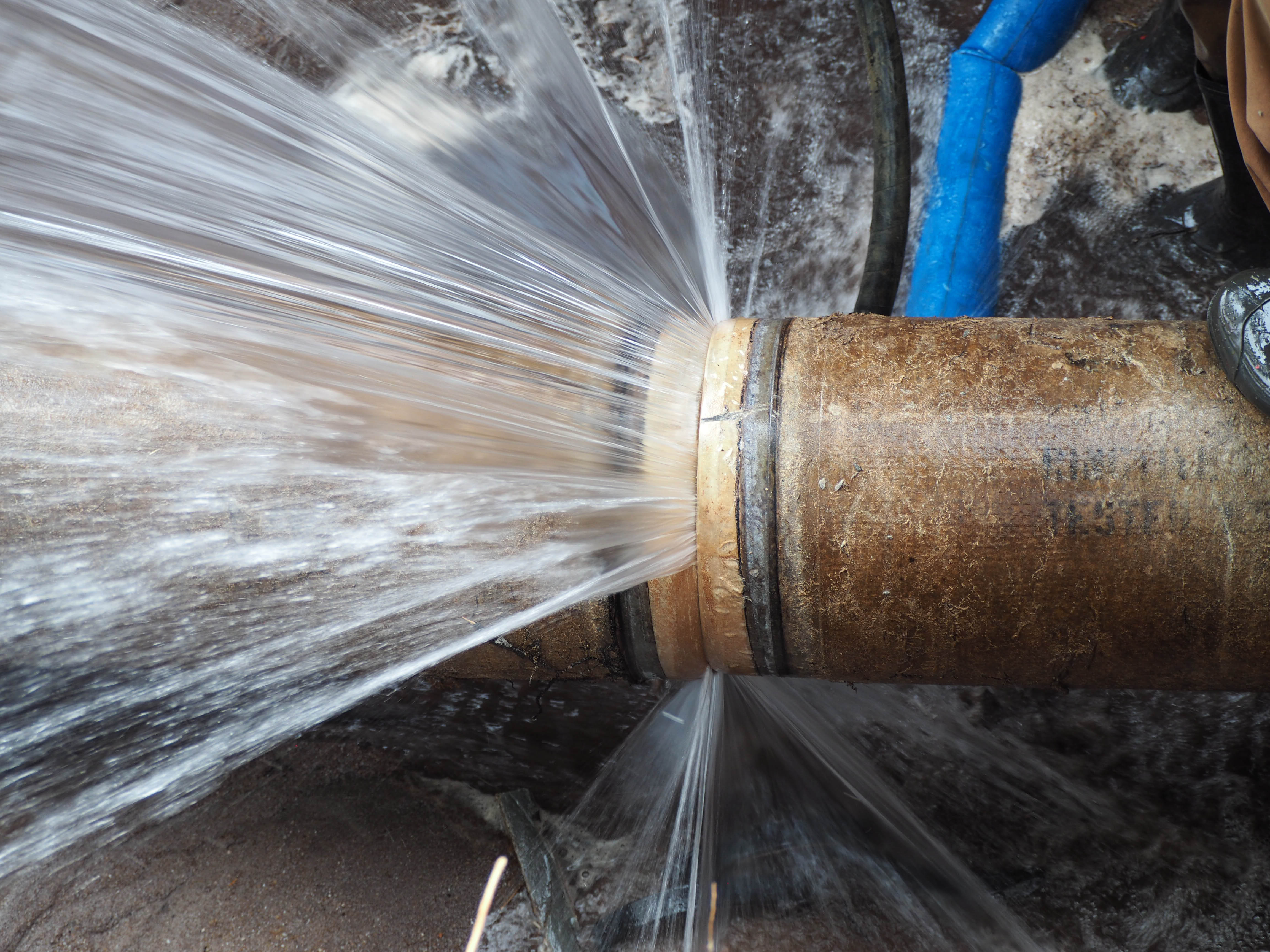Preventing Frozen Pipes in Winter: Pro Advice
Preventing Frozen Pipes in Winter: Pro Advice
Blog Article
Nearly everybody is bound to have their personal rationale in relation to How to Prevent Your Pipes From Freezing.

Cold weather can ruin your plumbing, specifically by freezing pipes. Right here's just how to prevent it from occurring and what to do if it does.
Intro
As temperatures decrease, the threat of frozen pipes rises, possibly resulting in costly fixings and water damage. Understanding exactly how to prevent icy pipes is critical for house owners in chilly climates.
Comprehending Frozen Pipes
What triggers pipes to freeze?
Pipes freeze when revealed to temperature levels listed below 32 ° F (0 ° C) for prolonged durations. As water inside the pipelines ices up, it expands, putting pressure on the pipe walls and possibly creating them to rupture.
Dangers and damages
Frozen pipelines can cause water disruptions, home damage, and pricey repair services. Burst pipelines can flood homes and create comprehensive structural damage.
Signs of Frozen Piping
Identifying icy pipes early can avoid them from bursting.
Exactly how to identify frozen pipelines
Look for reduced water circulation from faucets, unusual smells or sounds from pipelines, and noticeable frost on exposed pipes.
Prevention Tips
Shielding vulnerable pipes
Wrap pipelines in insulation sleeves or make use of warmth tape to protect them from freezing temperatures. Concentrate on pipelines in unheated or external locations of the home.
Home heating strategies
Maintain indoor rooms adequately heated, particularly areas with plumbing. Open closet doors to permit cozy air to circulate around pipes under sinks.
Protecting Exterior Plumbing
Yard pipes and outdoor faucets
Disconnect and drain pipes yard pipes prior to winter months. Mount frost-proof spigots or cover outside taps with insulated caps.
What to Do If Your Pipes Freeze
Immediate activities to take
If you suspect frozen pipes, maintain taps open to eliminate stress as the ice thaws. Use a hairdryer or towels soaked in warm water to thaw pipelines gradually.
Long-Term Solutions
Architectural changes
Take into consideration rerouting pipes away from exterior walls or unheated locations. Include added insulation to attic rooms, cellars, and crawl spaces.
Updating insulation
Buy high-grade insulation for pipelines, attic rooms, and wall surfaces. Appropriate insulation assists preserve consistent temperatures and lowers the threat of icy pipes.
Conclusion
Preventing icy pipelines calls for positive measures and fast actions. By understanding the reasons, signs, and safety nets, property owners can protect their pipes during cold weather.
5 Ways to Prevent Frozen Pipes
Drain Outdoor Faucets and Disconnect Hoses
First, close the shut-off valve that controls the flow of water in the pipe to your outdoor faucet. Then, head outside to disconnect and drain your hose and open the outdoor faucet to allow the water to completely drain out of the line. Turn off the faucet when done. Finally, head back to the shut-off valve and drain the remaining water inside the pipe into a bucket or container. Additionally, if you have a home irrigation system, you should consider hiring an expert to clear the system of water each year.
Insulate Pipes
One of the best and most cost-effective methods for preventing frozen water pipes is to wrap your pipes with insulation. This is especially important for areas in your home that aren’t exposed to heat, such as an attic. We suggest using foam sleeves, which can typically be found at your local hardware store.
Keep Heat Running at 65
Your pipes are located inside your walls, and the temperature there is much colder than the rest of the house. To prevent your pipes from freezing, The Insurance Information Institute suggests that you keep your home heated to at least 65 degrees, even when traveling. You may want to invest in smart devices that can keep an eye on the temperature in your home while you’re away.
Leave Water Dripping
Moving water — even a small trickle — can prevent ice from forming inside your pipes. When freezing temps are imminent, start a drip of water from all faucets that serve exposed pipes. Leaving a few faucets running will also help relieve pressure inside the pipes and help prevent a rupture if the water inside freezes.
Open Cupboard Doors
Warm your kitchen and bathroom pipes by opening cupboards and vanities. You should also leave your interior doors ajar to help warm air circulate evenly throughout your home.

I stumbled upon that blog entry on Prevent Frozen Pipes when doing a lookup on the search engines. Sharing is nice. Helping people is fun. Thanks a lot for taking the time to read it.
Book Now Report this page